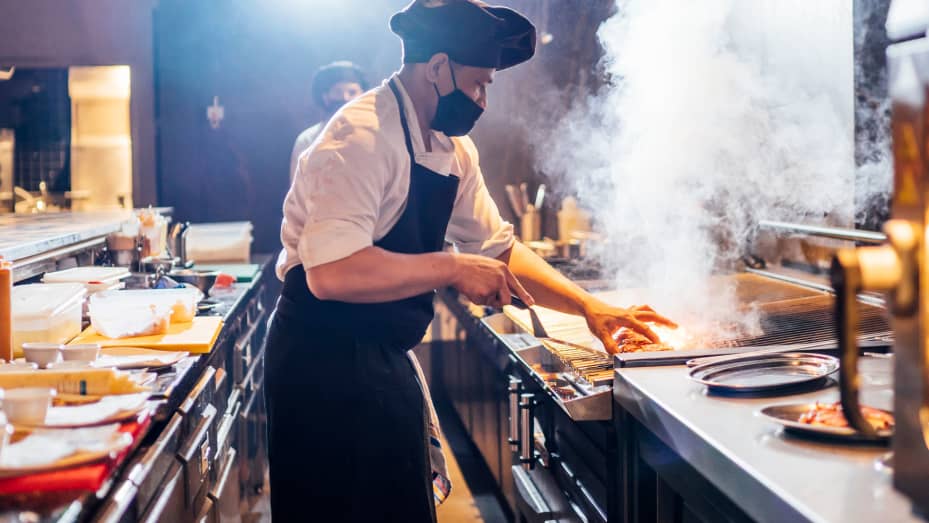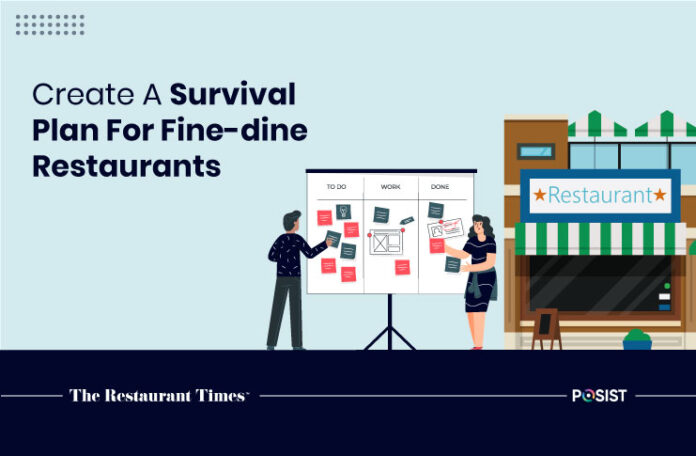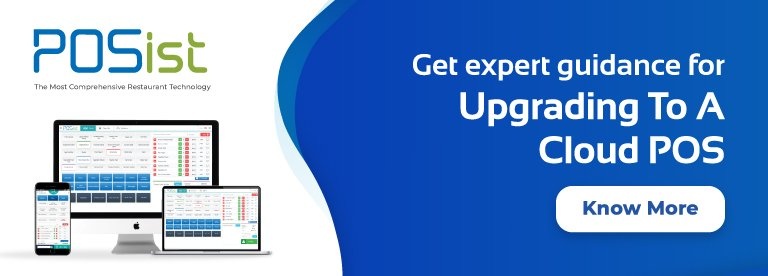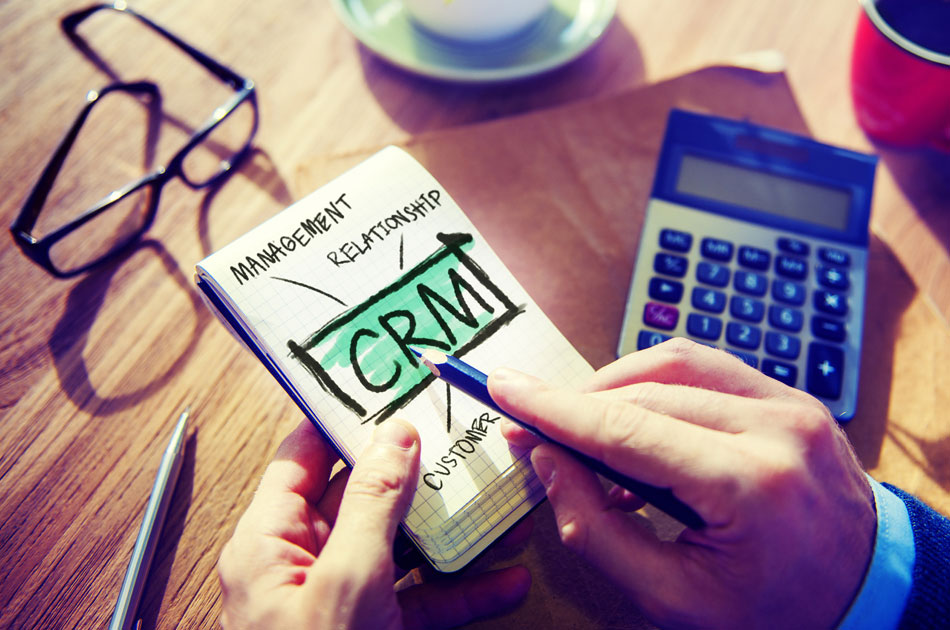A lot has changed in the food industry, leaving establishments struggling to stay afloat. Most eateries are doing a tenth of the business they were a week ago, according to a recent inventory. To connect the dots, you don’t need to be a mathematician. Takeout and delivery are insufficient. If you want your restaurant to be a success, creating a contingency plan is essential to make your aspirations a reality. Looking for methods to improve areas where the restaurant is underperforming is the greatest way to develop a restaurant survival plan.
Every hospitality business owner is attempting to figure out how to stay afloat in the coming weeks and months, and the obstacles are numerous. Open communication and cash flow planning are essential for your company’s survival. In practically every part of your operation, your restaurant management team must be decisive, move quickly, and cut to the bare essentials, but keep an eye out for fresh opportunities in this trying period.
Fail-Proof Restaurant Survival Plan For The Future
In the recovery stage, your key efforts ought to include modifying operational processes, reactivating consumers to bring them back into restaurant dining rooms, adjusting menus to suit shifts in customer habits and preferences, and expanding your delivery capabilities. Here are some tips to consider while creating a restaurant survival plan for the future.
1. New Operating Procedures
Create a reopening strategy ahead of time as limitations on businesses are eased in different sections of the country. Updated standard operating procedures should be included in the playbook to provide a safe store environment while also reassuring any nervous customers. Adjust processes as well to improve labour efficiency and to keep up with changes in client behaviour. Bringing back furloughed personnel in a way that aligns the restaurant’s new needs with employees’ skills will be a critical aspect of resuming dine-in service. To succeed, you’ll almost certainly need to be creative, such as by utilizing talent-exchange programs or cooperating with other businesses to share labour. To put it another way, “go safe” and “show safe” at the same time. Ensure that the restaurant’s new hygiene and safety practices are prominently displayed.
2. Menu Adaptation As Per Changing Customer Preferences
Consumer tastes have shifted toward value and convenience (off-premise dining) during the recovery, but customers will also be yearning for a return to some kind of normalcy, notwithstanding their concerns about health and safety. Restaurants will need to modify their menus and pricing to accommodate these new consumer behaviours and preferences. Start by restoring breakfast, wine, and fresh vegetables from your pre-crisis menu, then focus on core products and comfort foods. Items should be reprioritized to ensure that they remain competitive in the new market. Focus on value items first, then upsell to increase traffic.

3. Optimized Delivery Services
Though off-premise sales may not be as high post-COVID-19 as they were during the crisis, a gradual move to off-premise dining will certainly continue indefinitely. Before the crisis, many businesses considered third-party distribution as a low-margin afterthought, but it has suddenly become a main pillar in the last two months. Consider the specifics of markup rules, access to end-user data, cost-effective packaging, and streamlined processes to make pickup as efficient as possible when developing a strategy for managing—and deepening your third-party aggregator relationships: think through the specifics of markup rules, access to end-user data, cost-effective packaging, and streamlined processes to make pickup as efficient as possible.
Read more: Deliveries Vs Eating Out: How Fine-Dine Restaurants Are Doubling Down On Food Delivery
4. Finances
Setting financial goals is a no-brainer for any restaurateur who wants to be profitable. Several things may be done to streamline, balance, and improve your restaurant’s financial situation. Adding new menu items, having monthly special events, and enhancing employee productivity are just a few methods to boost revenue in your restaurant. Consider offering discounts to attract more consumers and scheduling your finest personnel to assist as many guests as possible during peak hours. Attempt to increase revenue in tiny increments to evaluate what works best for your restaurant.
Staffing the restaurant according to customer needs is one straightforward approach to do this. Another suggestion is to invest in your current employees. In addition to pay and benefits, offer performing employees opportunities for advancement. Employees who are valued and cared for are more likely to work harder for the organization that supports them. Furthermore, employing and training new employees is more expensive than retaining your current staff.
Most restaurants will require a makeover to achieve post-COVID-19 growth. Consider whether you should adjust the physical structure of your restaurant to take advantage of the move to off-premise dining. During the pandemic, the restaurant business faced significant issues, including significant revenue losses, massive labor losses, and some permanent closures. Restaurant dining will, however, return to being a pleasurable experience for individuals throughout the country at some point. Restaurant owners’ decisions now will go a long way toward sustaining their businesses during the crisis and preparing them to serve consumers long after the recovery phase is over.


















